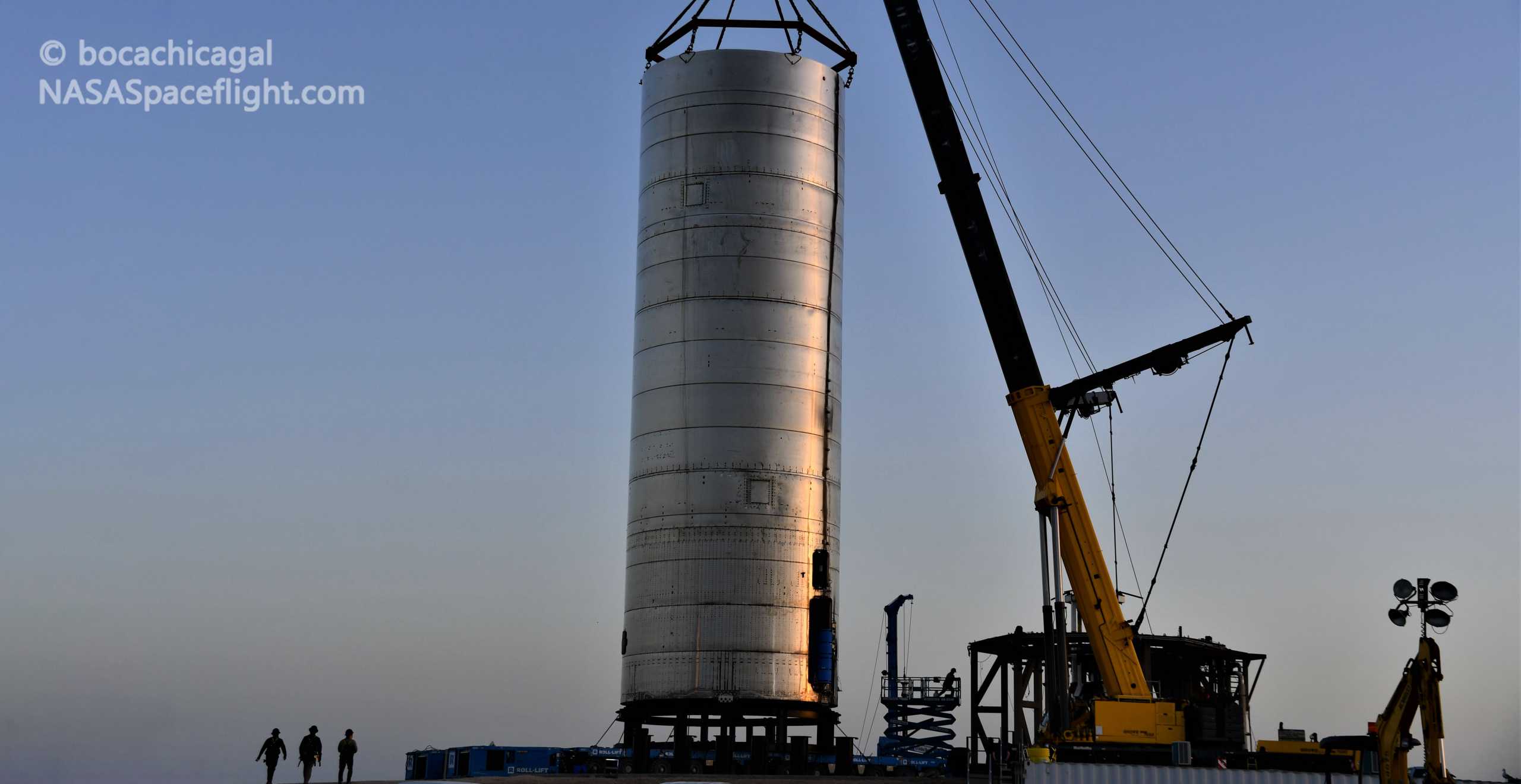
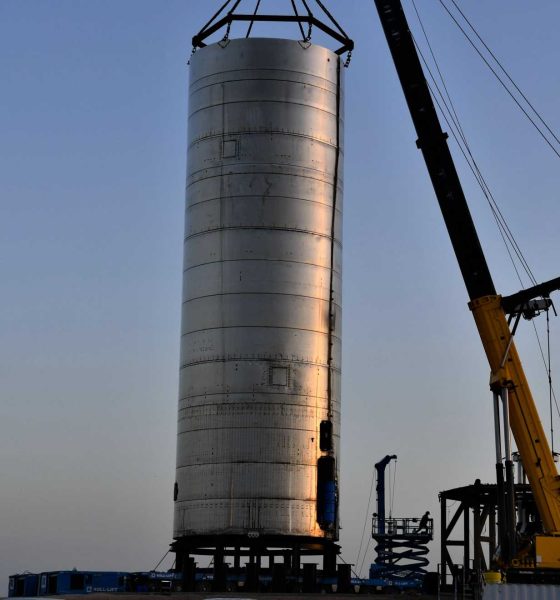
News
SpaceX rolls next Starship prototype to the launch pad
SpaceX’s sixth full-scale Starship prototype has rolled from its Boca Chica, Texas factory to a nearby launch pad in a sure sign that preparation for a second hop test is well underway.
Barely a week after Starship SN5 became the first such prototype to take flight, SpaceX has transported the rocket back to an assembly bay and replaced it at the launch pad with Starship SN6. Just shy of a carbon copy of SN5, SN6 was built at the same time with only a few small design tweaks. While SN6 is not exactly the significant upgrade promised to start with Starship SN8, the ship is nevertheless brand new and ready to begin testing.
SN5’s spectacular hop debut – while a major success – still resulted in some minor damage and CEO Elon Musk says that SpaceX will try to reuse the prototype, but it likely needs at least a week or two of inspections and repairs. Thanks to SN5’s success, though, sister ship SN6 has become much more valuable, whereas a failed SN5 hop could have easily consigned both prototypes to the scrap heap to give Starship SN8 priority. Instead, Starship SN6 is now next in line.
Hours after Starship SN5 rolled from pad to factory to take Starship SN6’s place beside SN8 in the assembly bay, the flight-proven rocket’s sister ship hit the open road and arrived at the launch pad after a few-mile journey.
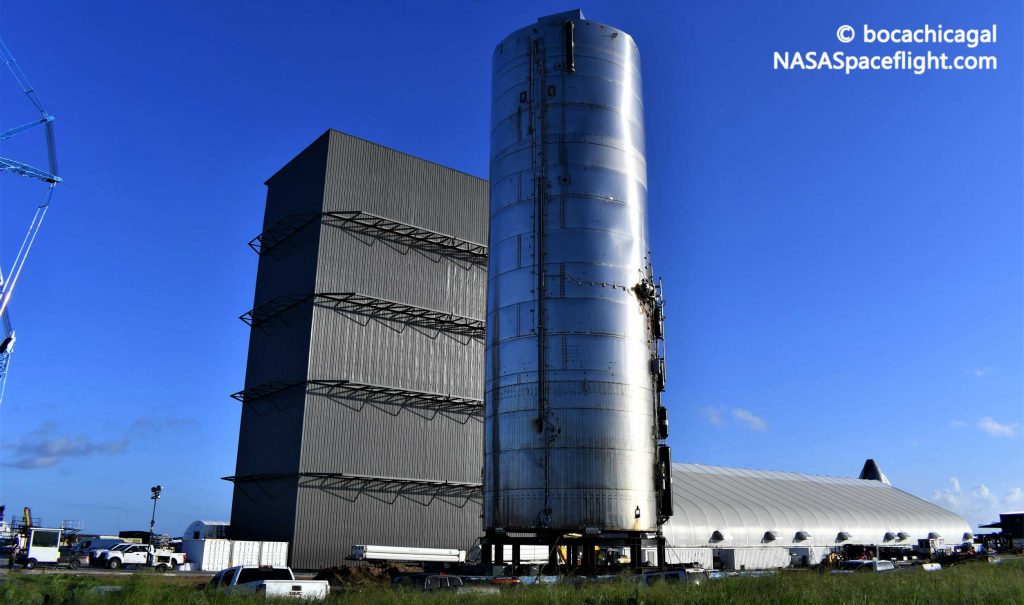
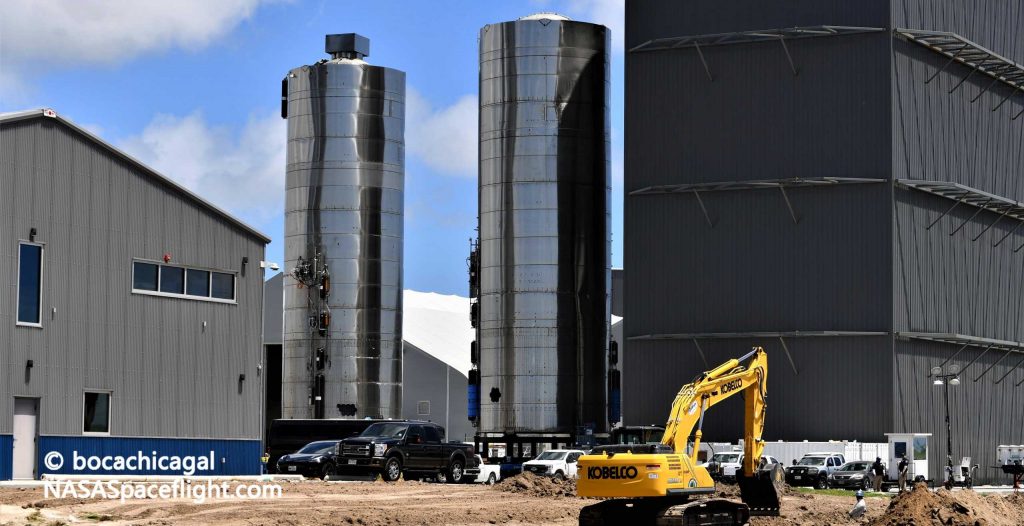
After a brief night spent sitting on its transporter, Starship SN6 was lifted by crane onto the pad’s launch mount – briskly refurbished after SN5’s launch debut just eight days prior – on the afternoon of August 12th. Work to install the rocket on the launch mount continued into the night.
Notably, SpaceX has yet to file additional road closures after two used on August 11th for Starship SN5 and SN6 transport operations. Technically, with Starship SN6 now on the launch pad, SpaceX could feasibly file road closures for SN6’s first major tests just a day or less prior to their start, but it’s more likely that the company is planning to kick off the test campaign late this week or early next.
Like its predecessors, SpaceX will begin by putting SN6 through an ambient-temperature pressure test with nitrogen gas to check for leaks and verify general functionality. Once complete, Starship SN6 will have to pass a cryogenic proof test combined with the simulated ~250-ton (~550,000 lb) thrust of a Raptor engine. By using liquid nitrogen instead of actual methane and oxygen propellant, SpaceX removes the risk of a catastrophic explosion or fire were the unproven ship to leak or burst. Finally, with a proof test complete, teams can install a Raptor engine on SN6 and turn the ship around for its first methalox wet dress rehearsal (WDR), engine preburner, and static fire tests – possibly all in one go if all systems cooperate.
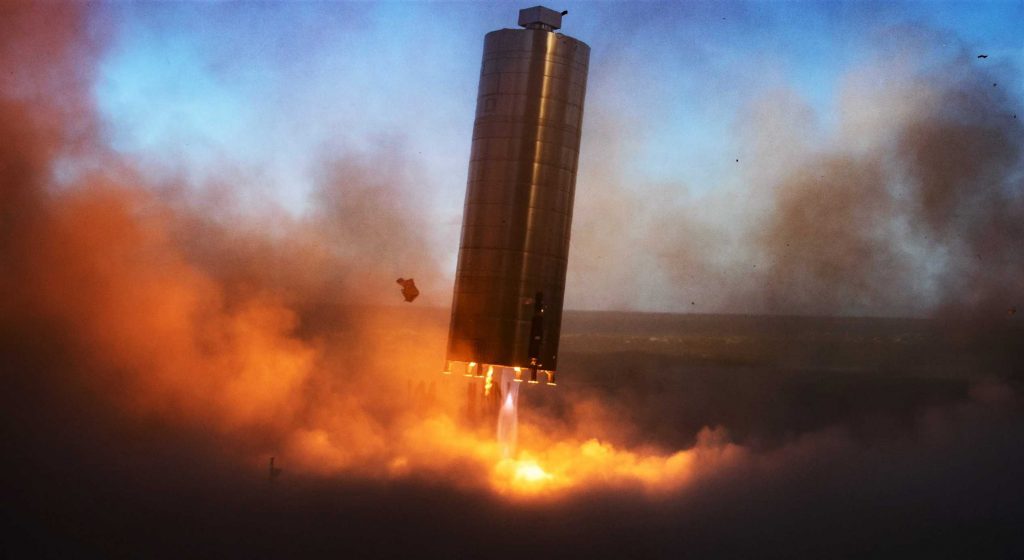
With any luck, SN6 – building off of experience gained from SN5 operations – will have a more streamlined test campaign, culminating in the second-ever hop of a full-scale Starship prototype. According to Musk, SpaceX’s new goal is to perform multiple hop tests until flying Starships (at least at low altitudes) is more or less routine.
Check out Teslarati’s Marketplace! We offer Tesla accessories, including for the Tesla Cybertruck and Tesla Model 3.

News
Tesla expands Robotaxi app access once again, this time on a global scale
Tesla said recently it plans to launch Robotaxi in Miami, Houston, Las Vegas, Phoenix, and Dallas.
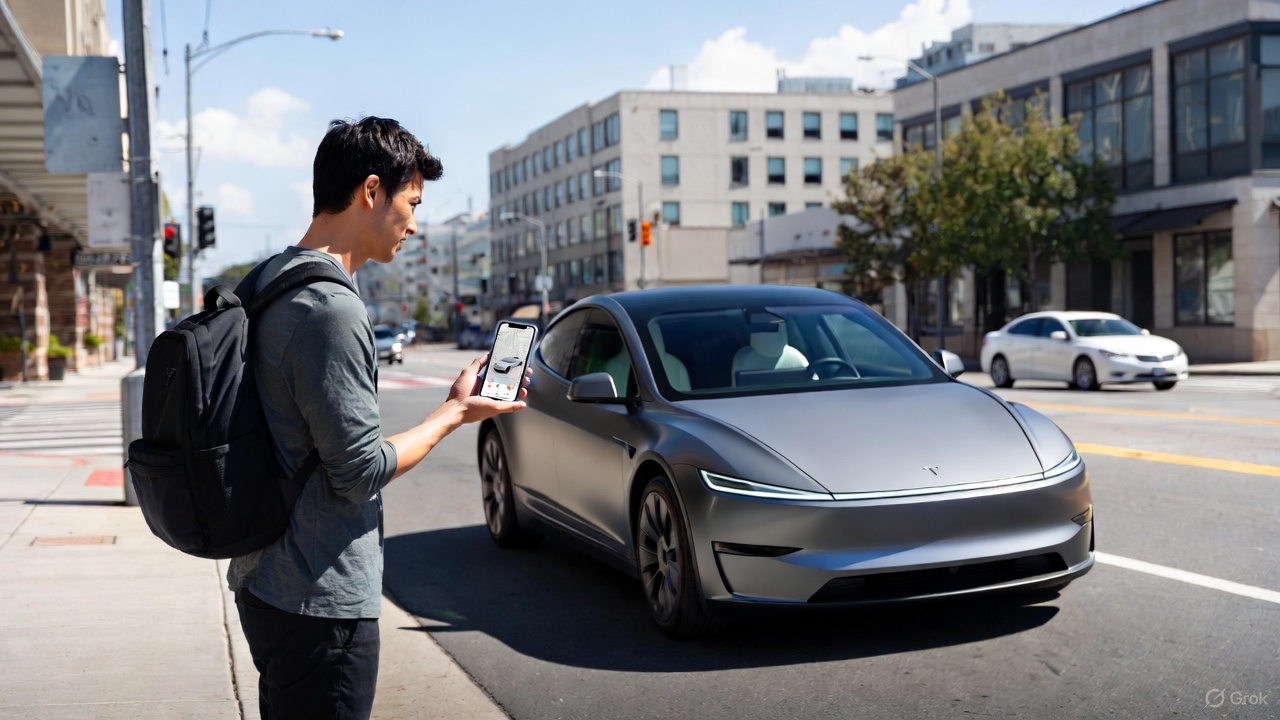
Tesla has expanded Robotaxi app access once again, but this time, it’s on a much broader scale as the company is offering the opportunity for those outside of North America to download the app.
Tesla Robotaxi is the company’s early-stage ride-hailing platform that is active in Texas, California, and Arizona, with more expansion within the United States planned for the near future.
Tesla said recently it plans to launch Robotaxi in Miami, Houston, Las Vegas, Phoenix, and Dallas.
The platform has massive potential, and Tesla is leaning on it to be a major contributor to even more disruption in the passenger transportation industry. So far, it has driven over 550,000 miles in total, with the vast majority of this coming from the Bay Area and Austin.
First Look at Tesla’s Robotaxi App: features, design, and more
However, Tesla is focusing primarily on rapid expansion, but most of this is reliant on the company’s ability to gain regulatory permission to operate the platform in various regions. The expansion plans go well outside of the U.S., as the company expanded the ability to download the app to more regions this past weekend.
So far, these are the areas it is available to download in:
- Japan
- Thailand
- Hong Kong
- South Korea
- Australia
- Taiwan
- Macau
- New Zealand
- Mexico
- U.S.
- Canada
Right now, while Tesla is focusing primarily on expansion, it is also working on other goals that have to do with making it more widely available to customers who want to grab a ride from a driverless vehicle.
One of the biggest goals it has is to eliminate safety monitors from its vehicles, which it currently utilizes in Austin in the passenger’s seat and in the driver’s seat in the Bay Area.
A few weeks ago, Tesla started implementing a new in-cabin data-sharing system, which will help support teams assist riders without anyone in the front of the car.
Tesla takes a step towards removal of Robotaxi service’s safety drivers
As Robotaxi expands into more regions, Tesla stands to gain tremendously through the deployment of the Full Self-Driving suite for personal cars, as well as driverless Robotaxis for those who are just hailing rides.
Things have gone well for Tesla in the early stages of the Robotaxi program, but expansion will truly be the test of how things operate going forward. Navigating local traffic laws and gaining approval from a regulatory standpoint will be the biggest hurdle to jump.
Investor's Corner
Tesla gets price target boost, but it’s not all sunshine and rainbows
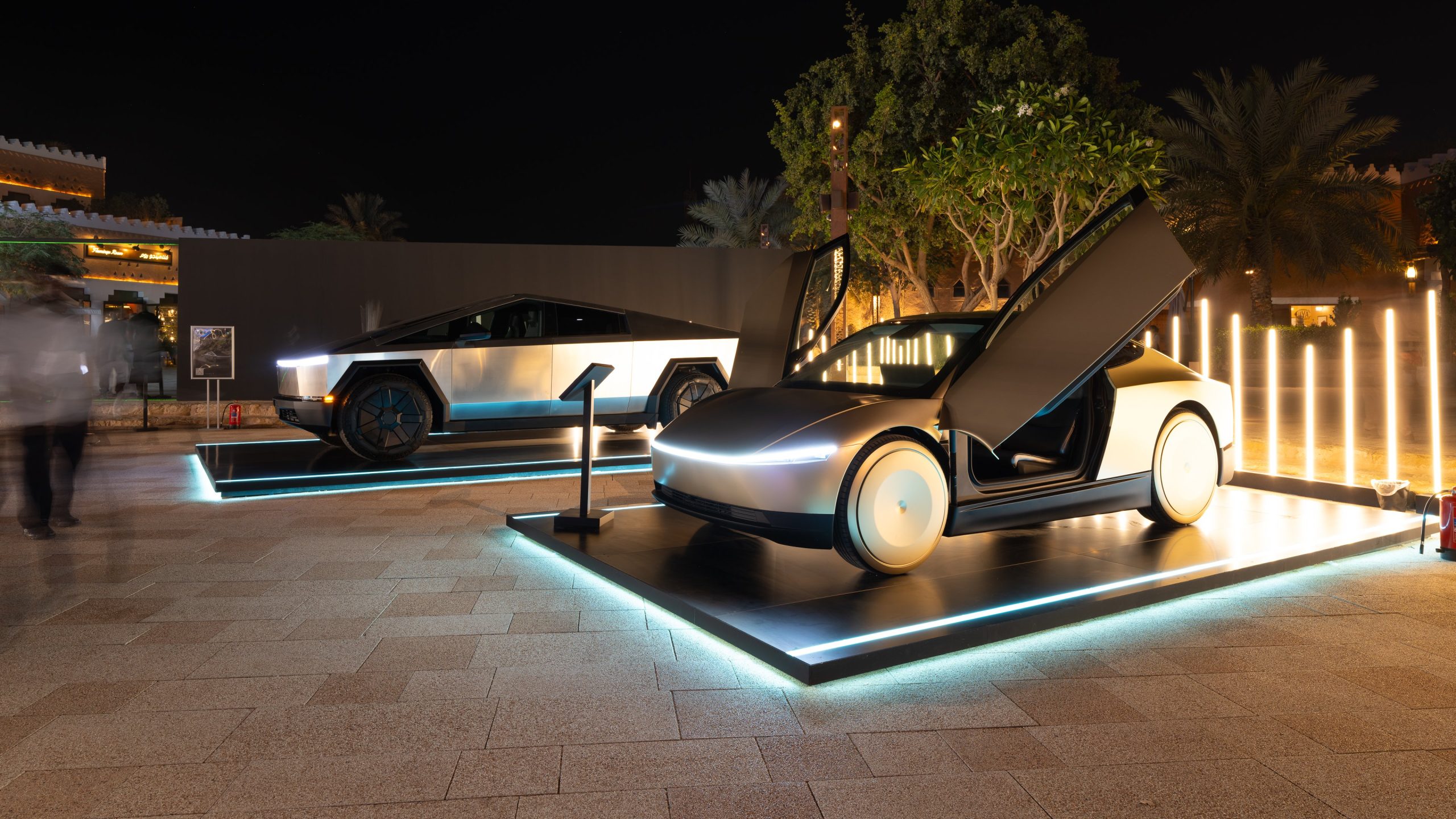
Tesla received a price target boost from Morgan Stanley, according to a new note on Monday morning, but there is some considerable caution also being communicated over the next year or so.
Morgan Stanley analyst Andrew Percoco took over Tesla coverage for the firm from longtime bull Adam Jonas, who appears to be focusing on embodied AI stocks and no longer automotive.
Percoco took over and immediately adjusted the price target for Tesla from $410 to $425, and changed its rating on shares from ‘Overweight’ to ‘Equal Weight.’
Percoco said he believes Tesla is the leading company in terms of electric vehicles, manufacturing, renewable energy, and real-world AI, so it deserves a premium valuation. However, he admits the high expectations for the company could provide for a “choppy trading environment” for the next year.
He wrote:
“However, high expectations on the latter have brought the stock closer to fair valuation. While it is well understood that Tesla is more than an auto manufacturer, we expect a choppy trading environment for the TSLA shares over the next 12 months, as we see downside to estimates, while the catalysts for its non-auto businesses appear priced at current levels.”
Percoco also added that if market cap hurdles are achieved, Morgan Stanley would reduce its price target by 7 percent.
Perhaps the biggest change with Percoco taking over the analysis for Jonas is how he will determine the value of each individual project. For example, he believes Optimus is worth about $60 per share of equity value.
He went on to describe the potential value of Full Self-Driving, highlighting its importance to the Tesla valuation:
“Full Self Driving (FSD) is the crown jewel of Tesla’s auto business; we believe that its leading-edge personal autonomous driving offering is a real game changer, and will remain a significant competitive advantage over its EV and non-EV peers. As Tesla continues to improve its platform with increased levels of autonomy (i.e., hands-off, eyes-off), it will revolutionize the personal driving experience. It remains to be seen if others will be able to keep pace.”
Additionally, Percoco outlined both bear and bull cases for the stock. He believes $860 per share, “which could be in play in the next 12 months if Tesla manages through the EV-downturn,” while also scaling Robotaxi, executing on unsupervised FSD, and scaling Optimus, is in play for the bull case.
Will Tesla thrive without the EV tax credit? Five reasons why they might
Meanwhile, the bear case is placed at $145 per share, and “assumes greater competition and margin pressure across all business lines, embedding zero value for humanoids, slowing the growth curve for Tesla’s robotaxi fleet to reflect regulatory challenges in scaling a vision-only perception stack, and lowering market share and margin profile for the autos and energy businesses.”
Currently, Tesla shares are trading at around $441.
News
Tesla Optimus dramatically collapses after teleoperator mishap
It seemed blatantly obvious that whoever was controlling the Optimus robot from behind the scenes did not disconnect their ability to manipulate its movements
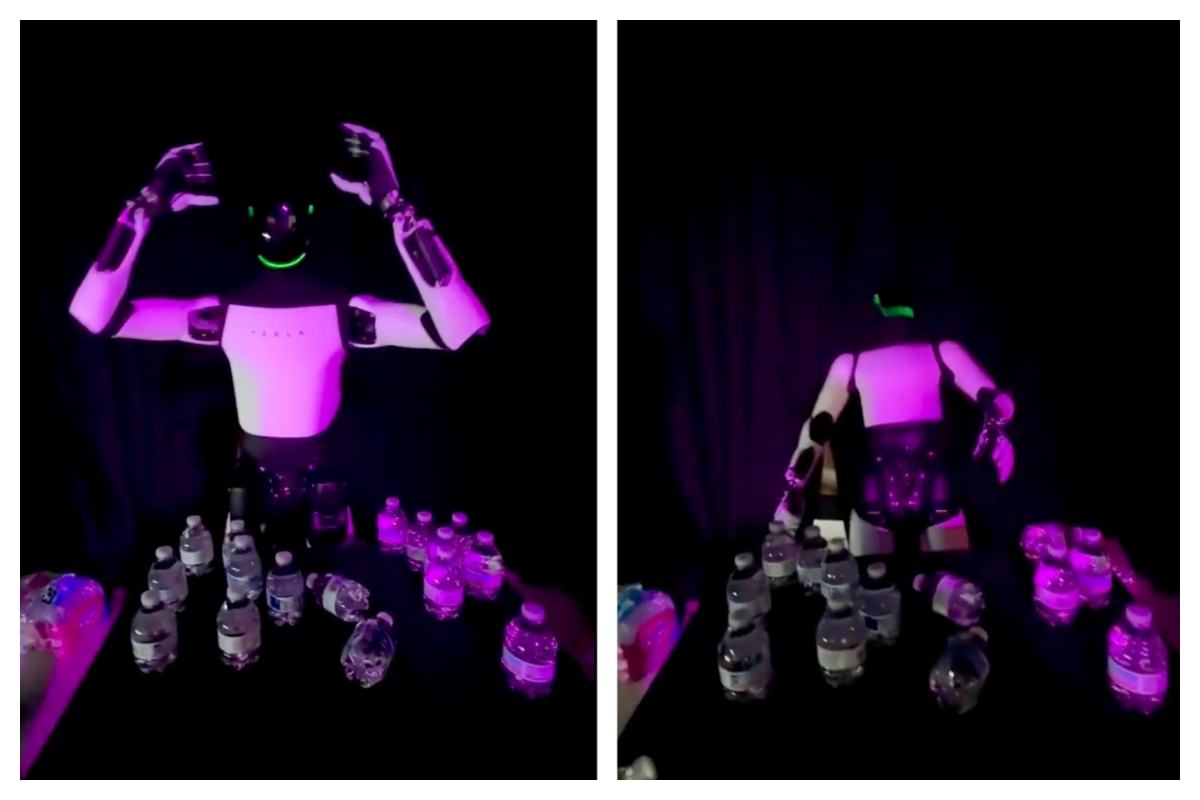
Tesla Optimus dramatically collapsed after a teleoperator mishap at the company’s “Future of Autonomy Visualized” event in Miami this past weekend.
It seemed blatantly obvious that whoever was controlling the Optimus robot from behind the scenes did not disconnect their ability to manipulate its movements, then left the controls, causing Optimus to collapse.
A video captured at the event shows Optimus doing a movement similar to taking a headset off, likely what the teleoperator uses to hear guest requests and communicate with other staff:
🚨 Tesla Optimus mishap at the Miami event
To be fair, don’t we all want to do this around the Holidays? pic.twitter.com/EJ5QKenqQd
— TESLARATI (@Teslarati) December 8, 2025
After the headset removal motion was completed, Optimus simply collapsed backward, making for an interesting bit of conversation. While it was a mishap, it was actually pretty funny to watch because of the drama displayed by the robot in the situation.
This was obviously a mistake made by the teleoperator, and does not appear to be a spot where we can put any sort of blame on Optimus. It would have likely just stood there and waited for controls to resume if the teleoperator had disconnected from the robot correctly.
However, details are pretty slim, and Tesla has not announced anything explaining the situation, likely because it seems to be a pretty face-value event.
Tesla Optimus shows off its newest capability as progress accelerates
The Tesla Optimus program has been among the most hyped projects that the company has been working on, as CEO Elon Musk has extremely high hopes for what it could do for people on Earth. He has said on several occasions that Optimus should be the most popular product of all time, considering its capabilities.
Obviously, the project is still a work in progress, and growing pains are going to be part of the development of Optimus.
In its development of Optimus Gen 3, Tesla has been working on refining the forearm, hand, and fingers of Optimus, something that Musk said is extremely difficult. However, it’s a necessary step, especially if its capabilities will not be limited by hardware.
All in all, Optimus has still been a very successful project for Tesla, especially in the early stages. The company has done an excellent job of keeping Optimus busy, as it helps with serving customers at events and the Tesla Diner, and is also performing tasks across the company’s manufacturing plants.








